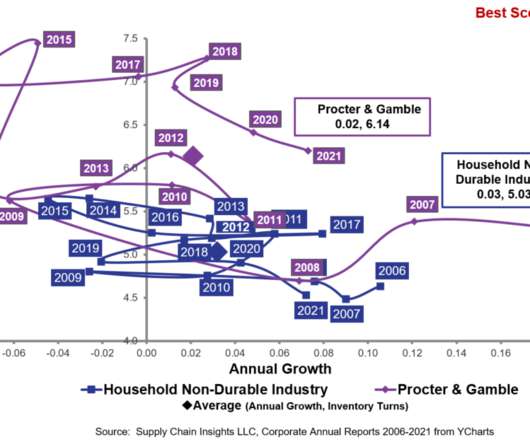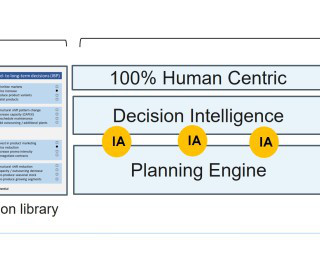Supply Chain Metrics that Matter
Supply Chain Movement
DECEMBER 8, 2014
Supply Chain Metrics That Matter makes this truth clear enough with its thorough analysis of recent multi-industry performance trends. Supply Chain Metrics That Matter was written to guide businesses through the change process with a measurementbased outlook that will help any organization stand the test of time.












































Let's personalize your content